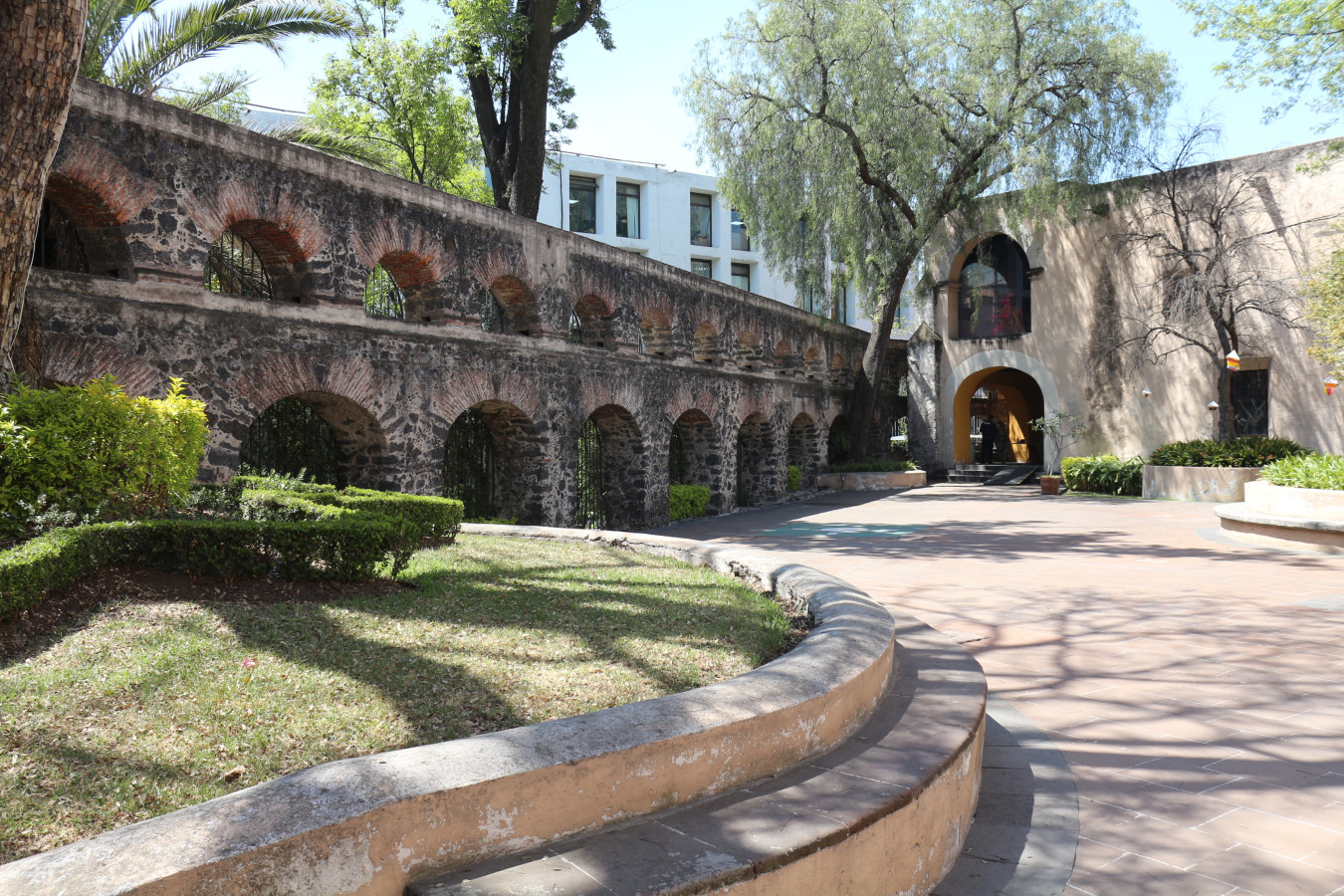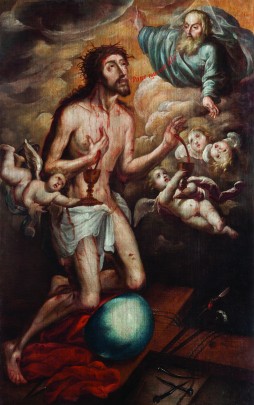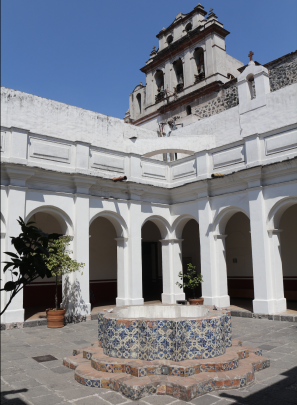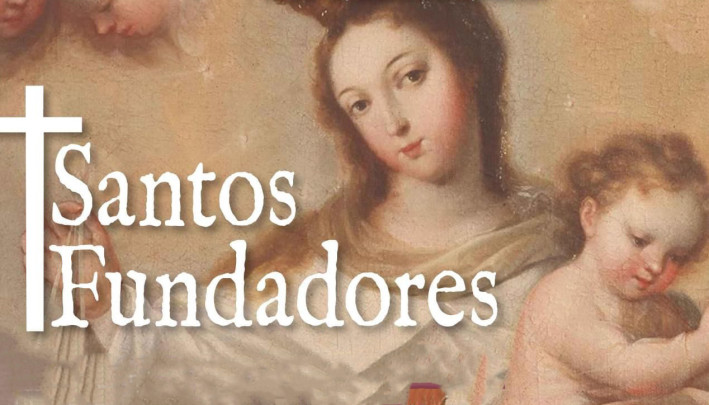Museo de El Carmen
Metropolitan
About the museum
Map
An expert point of view

Jaime Antonio Abundis Canales
Practical information
Wednesday to Friday from 11:00 to 15:00 hrs. Saturday and Sunday from 10:00 to 15:00 hrs.
$80.00 pesos
Entrada libre para personas con discapacidad
Avenida Revolución No. 4 y 6, entre Rafael Checa y Monasterio, Colonia San Ángel,
Delegación Álvaro Obregón, C.P. 01000,
Ciudad de México, México.
Delegación Álvaro Obregón, C.P. 01000,
Ciudad de México, México.
-
+52 (55) 5616 6622
-
This email address is being protected from spambots. You need JavaScript enabled to view it.
-
FACEBOOK
-
TWITTER
Directory
Dirección
Dra. María Amparo Clausell Arroyo
This email address is being protected from spambots. You need JavaScript enabled to view it.
+52 (55) 5616 1177 ext. 101
Administración
L.A. Jesica Vera Tamayo
This email address is being protected from spambots. You need JavaScript enabled to view it.
+52 (55) 4166 0780 Ext. 415215
Difusión
Arqlgo. Iván Olguín Ramírez
This email address is being protected from spambots. You need JavaScript enabled to view it.; This email address is being protected from spambots. You need JavaScript enabled to view it.
+52 (55) 4166 0780 Ext. 415212
Difusión
Lic. Carla Castro Díaz
museodelcarmen_difusióThis email address is being protected from spambots. You need JavaScript enabled to view it.
+52 (55) 4166 0780 Ext. 415212
Gestión del Patrimonio Cultural
Lic. Alma Patricia Martínez López
This email address is being protected from spambots. You need JavaScript enabled to view it.; This email address is being protected from spambots. You need JavaScript enabled to view it.
Gestión del Patrimonio Cultural
Leticia Mejía Duarte
This email address is being protected from spambots. You need JavaScript enabled to view it.; This email address is being protected from spambots. You need JavaScript enabled to view it.
Servicios Educativos
María Cristina Hernández Nogales
This email address is being protected from spambots. You need JavaScript enabled to view it.; This email address is being protected from spambots. You need JavaScript enabled to view it.
Servicios Educativos
Nalleli Alejandra Morales Acevedo
This email address is being protected from spambots. You need JavaScript enabled to view it.; This email address is being protected from spambots. You need JavaScript enabled to view it.
Seguridad
Lic. Bulmaro Gachuz Ramírez
This email address is being protected from spambots. You need JavaScript enabled to view it.


































